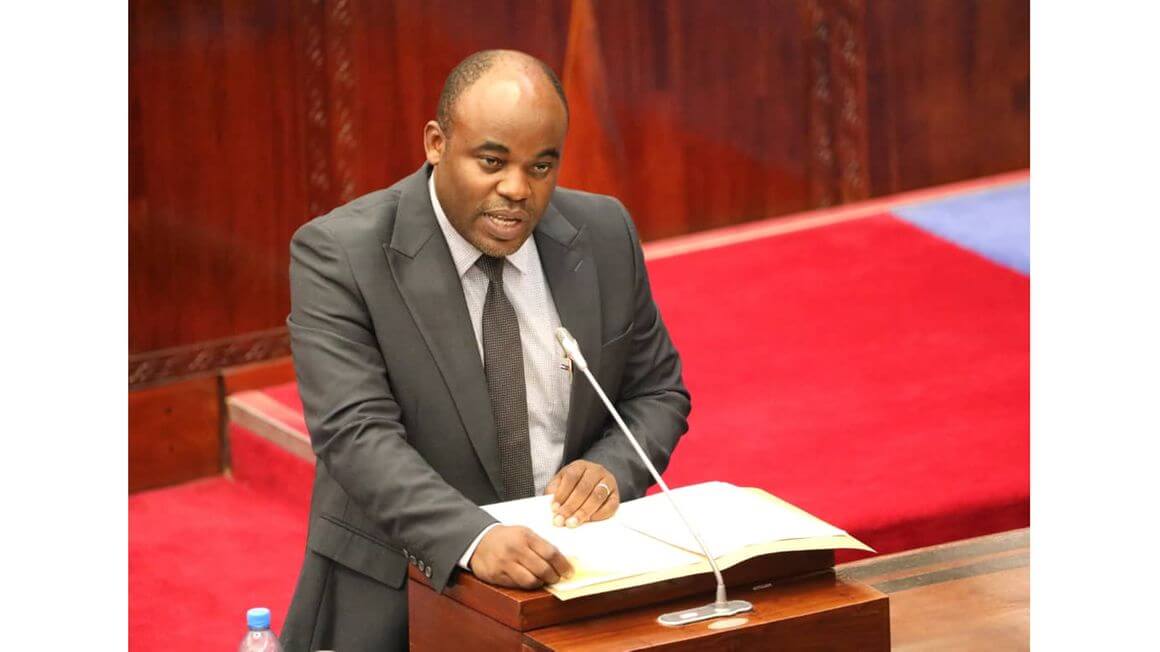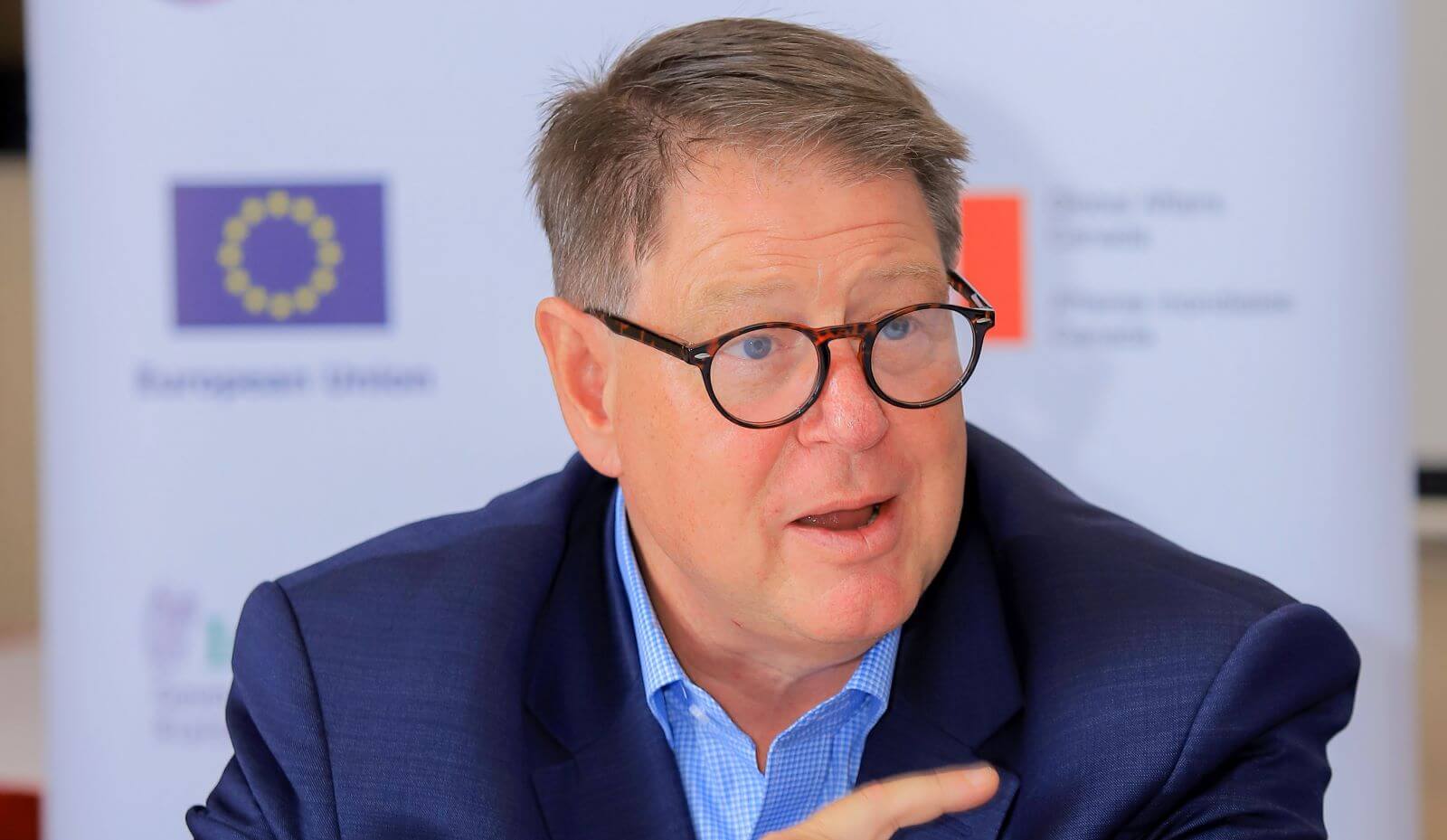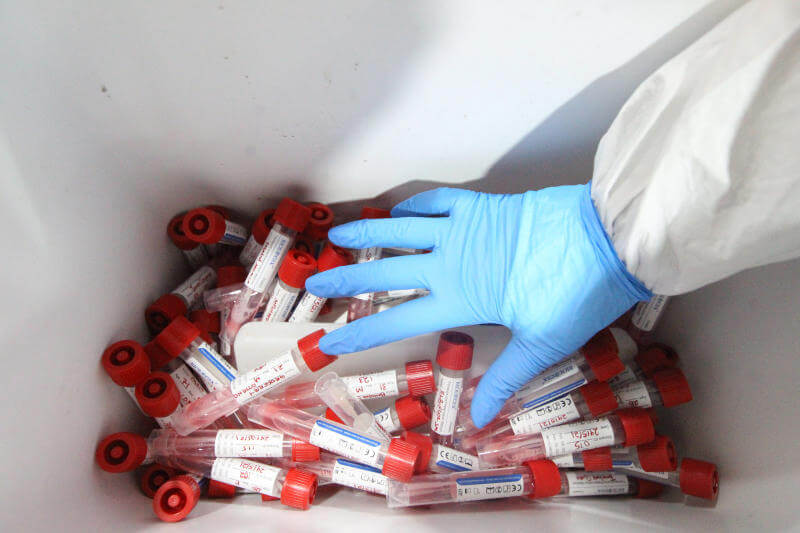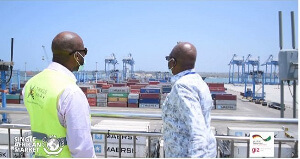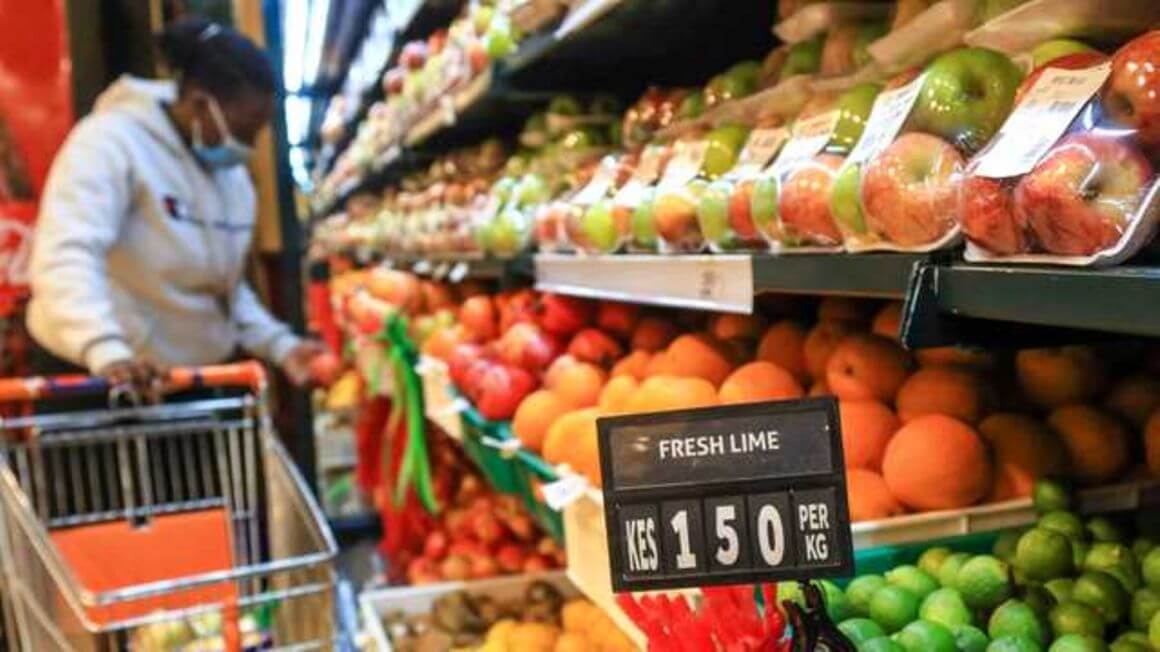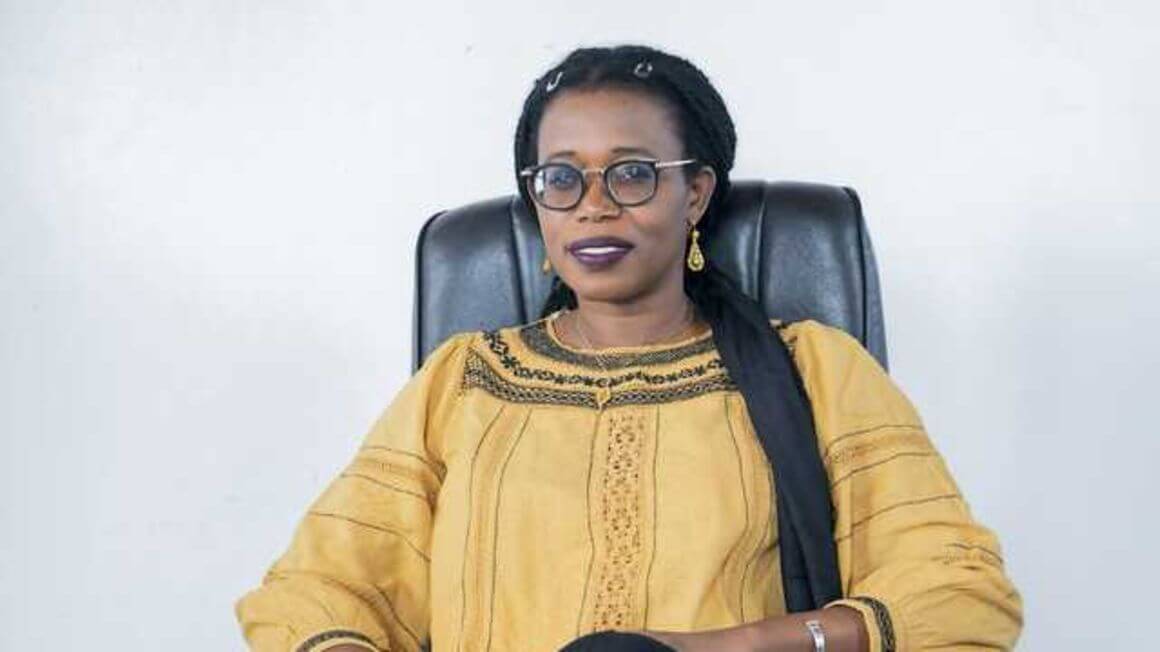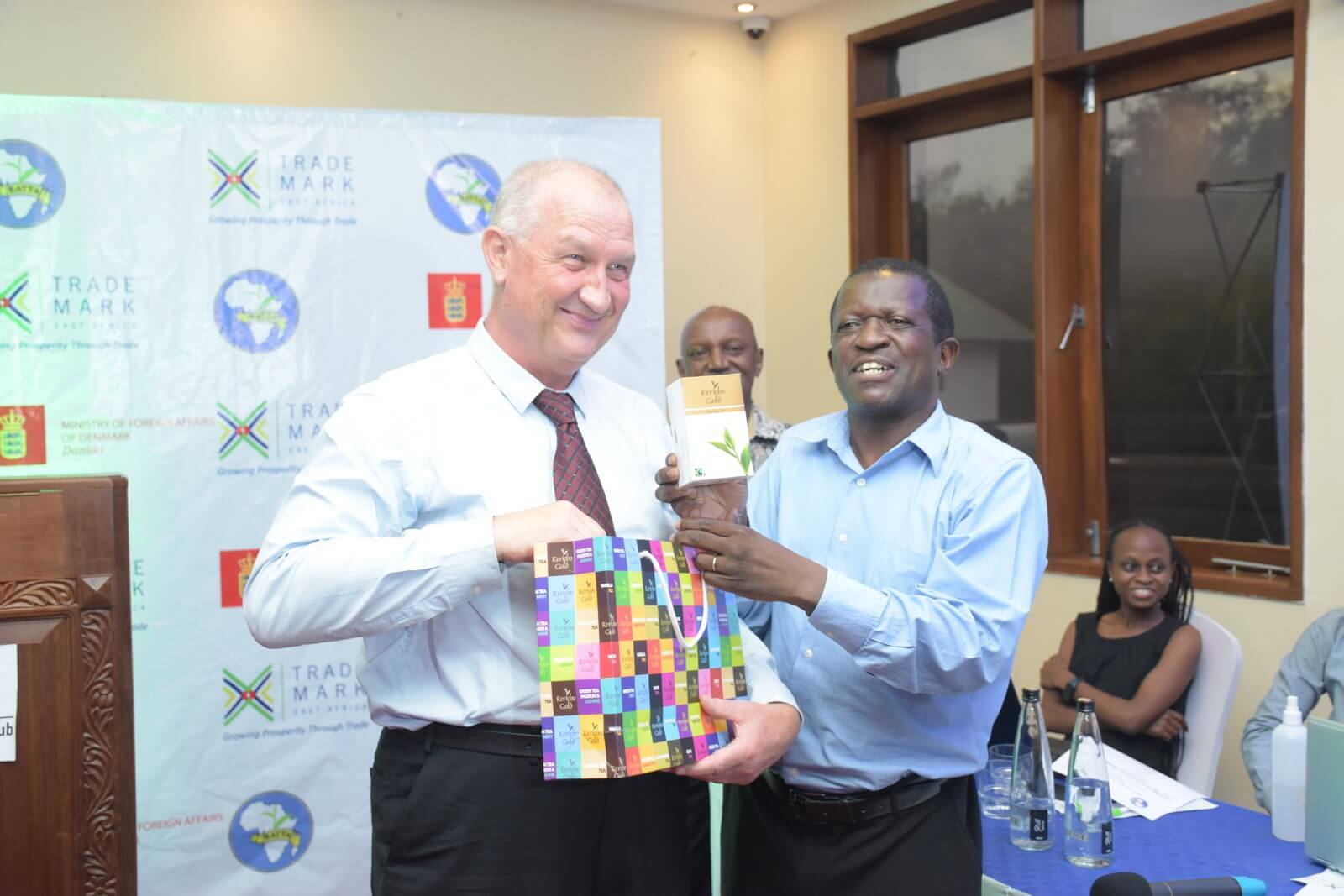...Afreximbank to grow fund to $3bn One year after the take-off of the African Continental Free Trade Agreement (AfCFTA), no fewer than 28 banks in Africa One year after the take-off of the African Continental Free Trade Agreement (AfCFTA), no fewer than 28 banks in Africa joined the Pan-African Payment and Settlement System (PAPSS), which took off with a $500m facility with an additional 24 banks on the… ...Afreximbank to grow fund to $3bn One year after the take-off of the African Continental Free Trade Agreement (AfCFTA), no fewer than 28 banks in Africa Thu, 09 Jun 2022 04:25:30 GMT…Afreximbank to grow fund to $3bnOne year after the take-off of the African Continental Free Trade Agreement (AfCFTA), no fewer than 28 banks in Africa joined the Pan-African Payment and Settlement System (PAPSS), which took off with a $500m facility with an additional 24 banks on the waiting list. PAPSS is a creation of the African Export-Import Bank (Afreximbank) to facilitate intra-African trades through the settlement of transactions in local currencies in the light of the AfCFTA take-off.Daily Trust reports that there are over 40 different currencies in the African continent and over time many traders within the continent would be demanding for payment in foreign currencies, especially dollars. By Thu, 09 Jun 2022 04:25:30 GMT …Afreximbank to grow fund to $3bn One year after the take-off of the African Continental Free Trade Agreement (AfCFTA), no fewer than 28 banks in Africa joined the Pan-African Payment and Settlement System (PAPSS), which...
AfcFTA: 28 banks join $500m pan-African settlement platform
Posted on: June 9, 2022
Posted on: June 9, 2022



